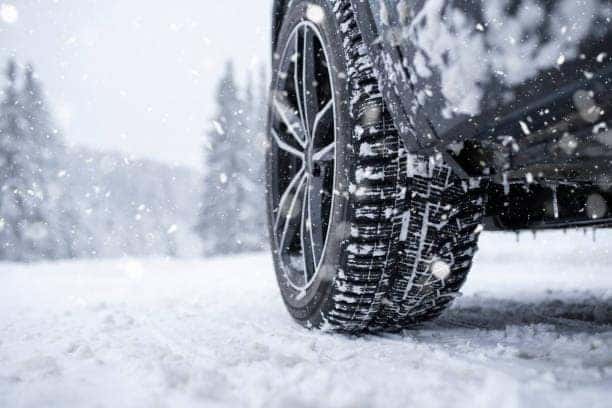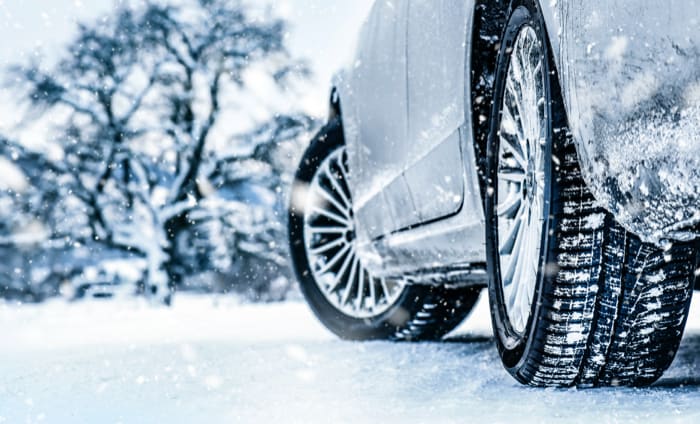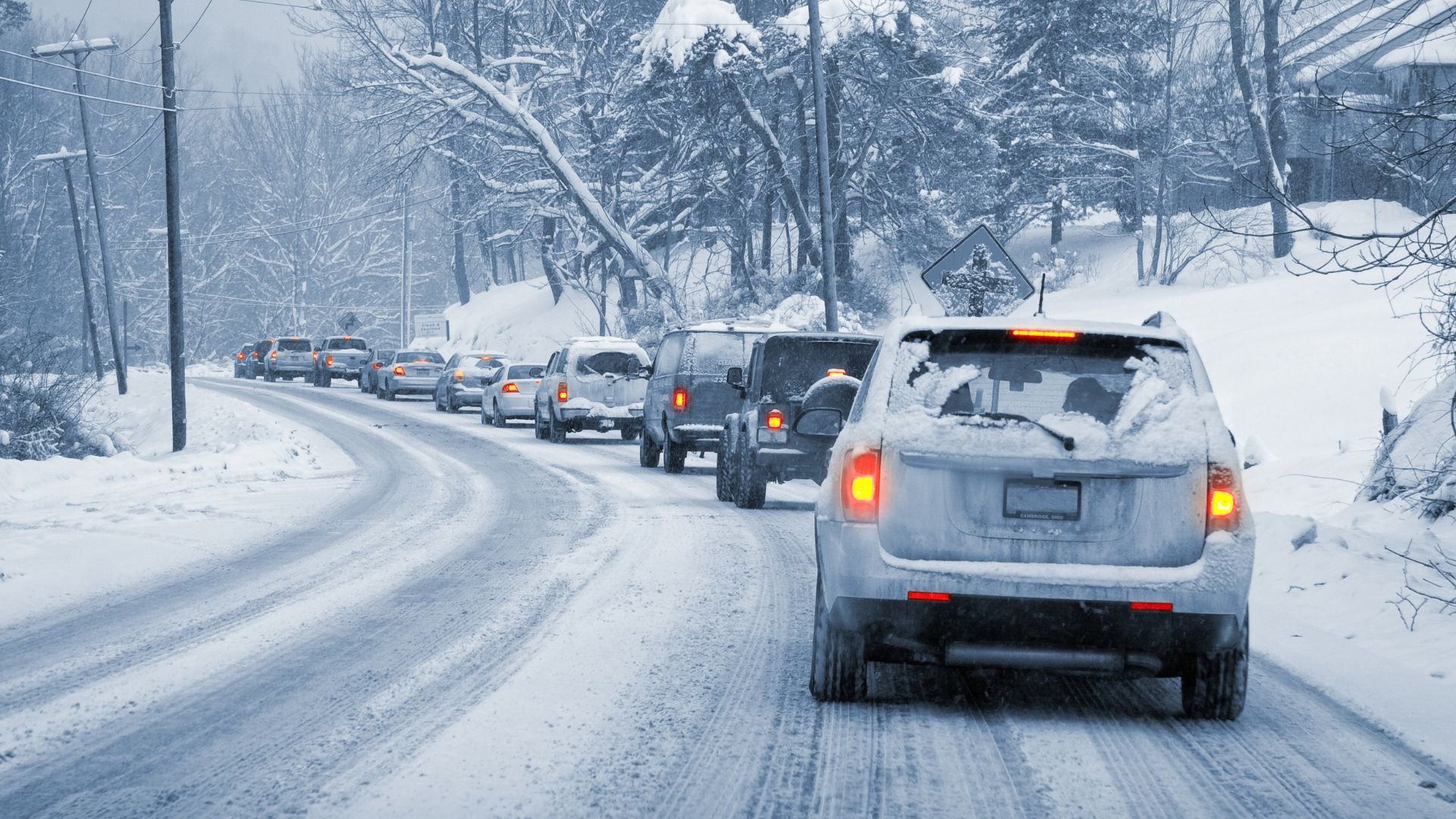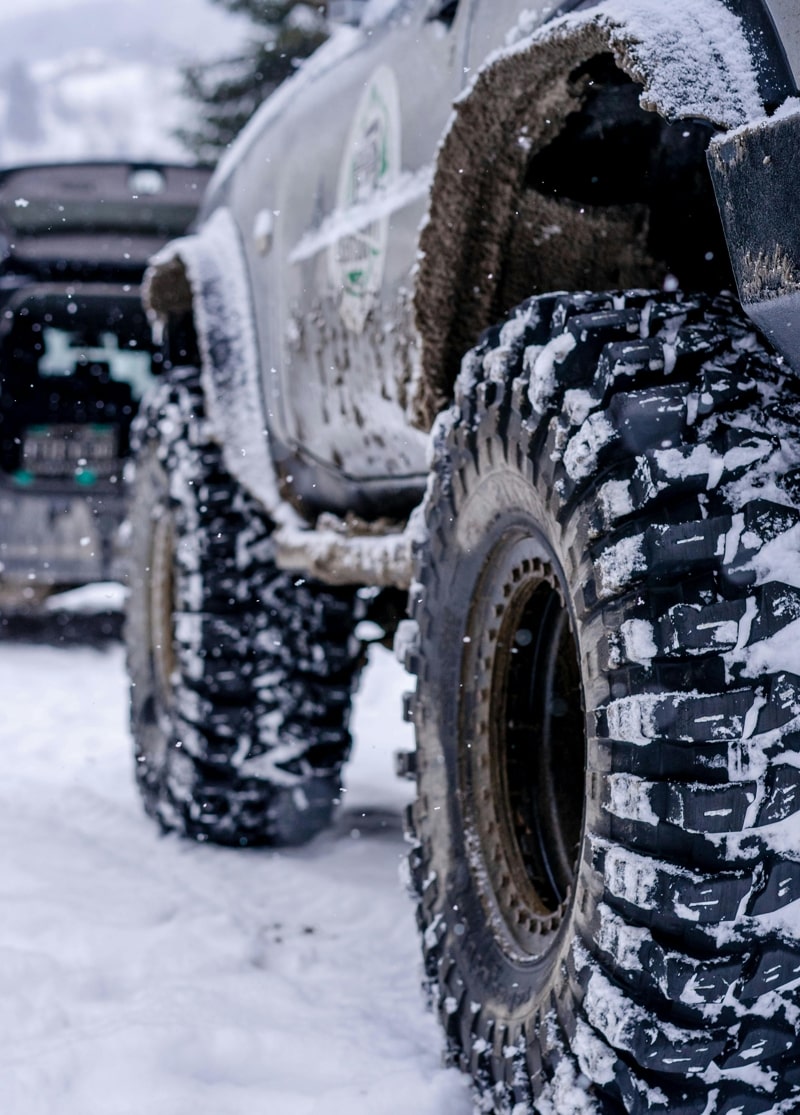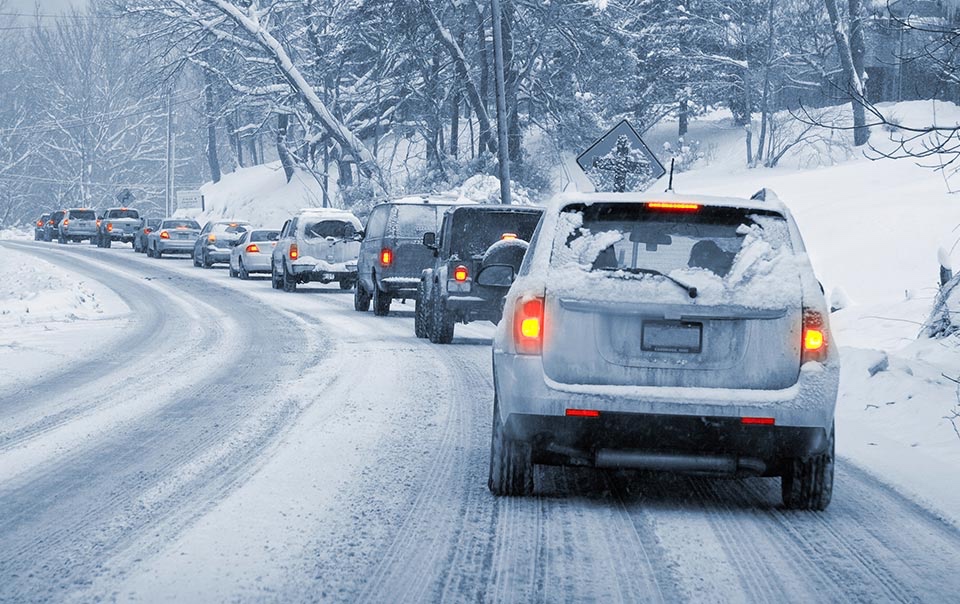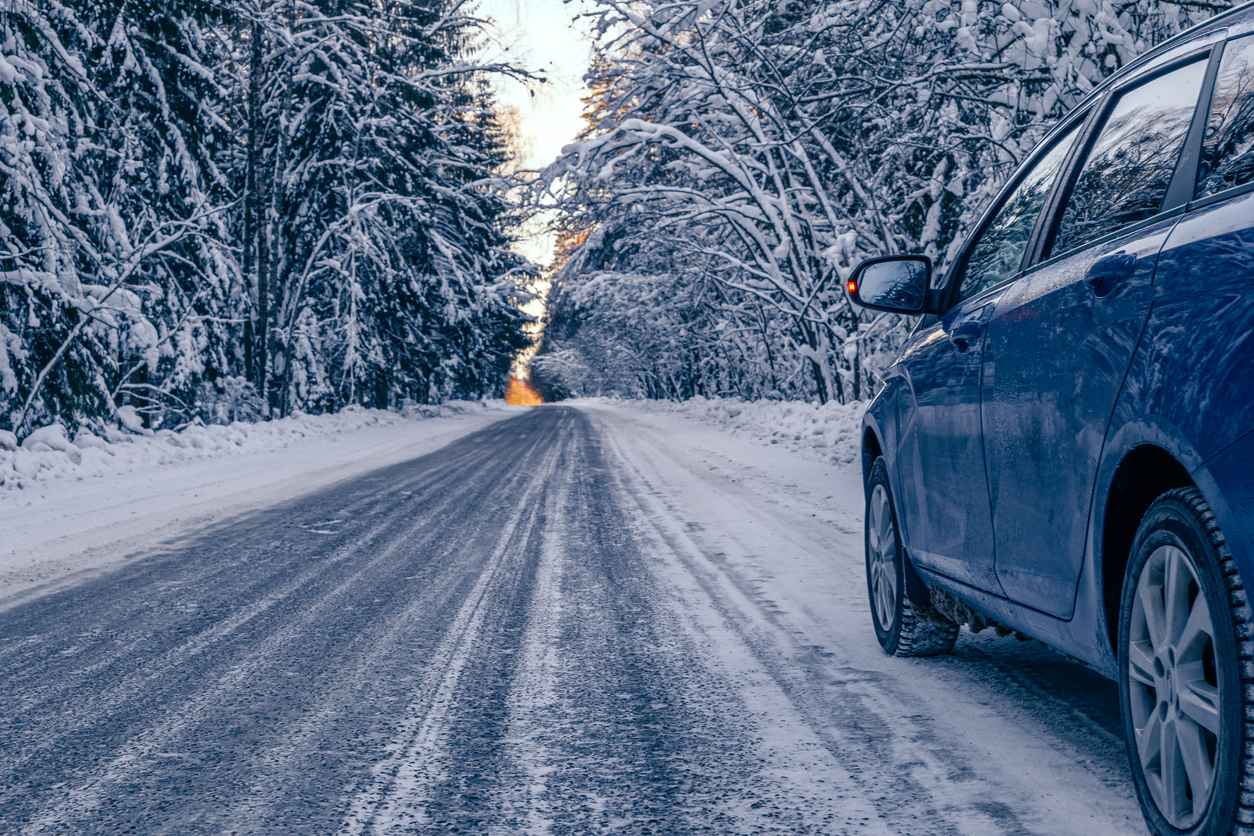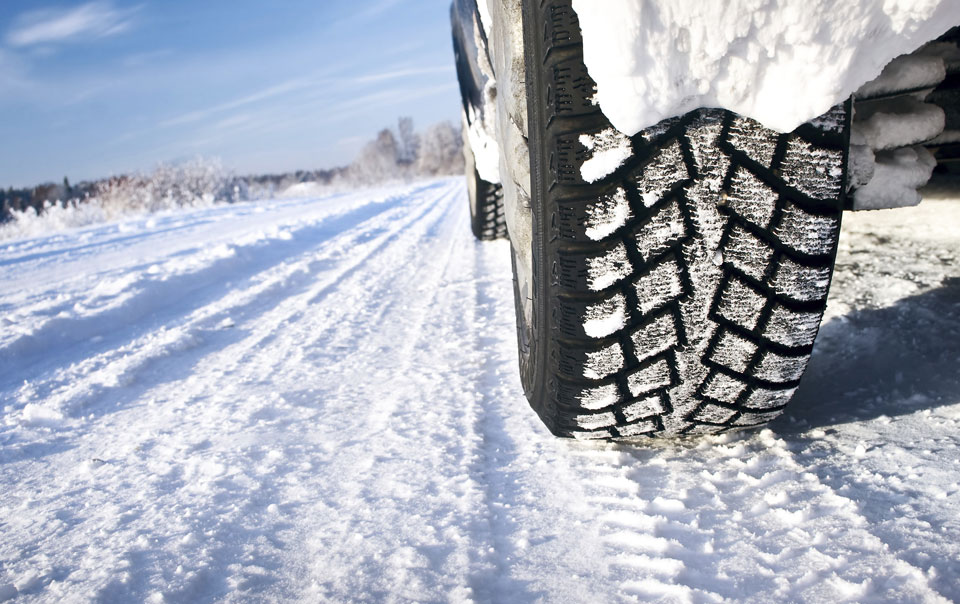
Winter Tires vs All-Season: The Critical Difference
Understand why winter tires outperform all-seasons below 7°C. Learn about specialized rubber compounds that remain flexible in freezing temperatures, aggressive tread patterns designed for snow evacuation, and the physics behind improved braking and cornering on ice. Discover provincial regulations and insurance considerations for Canadian drivers.
